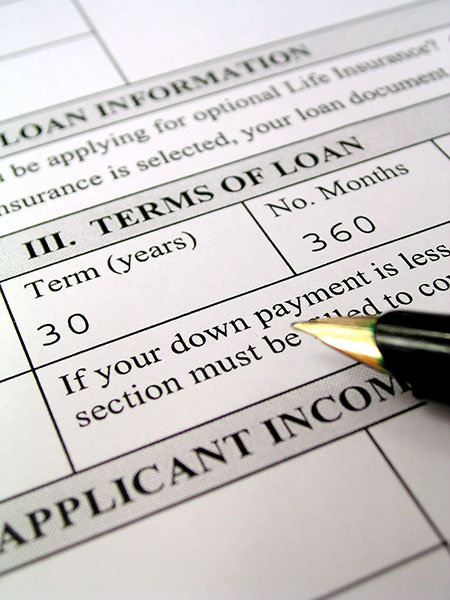Types of Loans
 Financial institutions and banks offer different types of loans, which can be enter into two major categories: term loans and revolving credit, where both could be secured or unsecured.
Financial institutions and banks offer different types of loans, which can be enter into two major categories: term loans and revolving credit, where both could be secured or unsecured.
A term loan includes regular fix payments applied periodically on the amount borrowed until the debt is cleared off. Even though the payment stays the same throughout the whole reimbursement, the portion of capital and interest changes every time. It involves normally four elements: the amount of the loan, the number of payments and its periodicity (per month, per two weeks, per week, etc.), the amount of the fix payments and the interest rate. In some cases there is an additional fifth element which is called balloon payment.
The balloon payment is an amount left on the balance after the last periodic payment is made. It is similar to the residual value when dealing with equipment or vehicle leasing, except that when leasing, the periodic payment is made at the beginning of the month. This last balance helps to reduce the periodic payment due to partial amortization, but will need to be paid off at the end of the term.
A revolving credit is an amount we can borrow under a certain limit without any notice. There is a minimum payment required to be made every month, depending on the balance, but there is always the possibility to borrow again after a payment is made, as long as it stays under the credit limit. Credit cards and line of credit work that way.
No matter what type of loan, the financial institution could ask to secure itself by taking the borrower's asset as guarantee. It is actually a way to get reduced interest rates. The most common example of asset-backed loan is the mortgage, where banks secured itself on the building, house or condo. If for any reason a client stops paying his mortgage, then the bank could repossess the real estate property. Same goes for vehicle financing and leasing.
As for business, if the guarantee is not on the fixed assets, asset base lending can be done by taking the company's accounts receivables and inventory as security. So if the company goes in default, the lender can take the inventory and future incomes as repayment.
In the case of an unsecured loan, the financial institution based its decision on the client's capacity and goodwill only. Consequently, the interest rate will increase.




